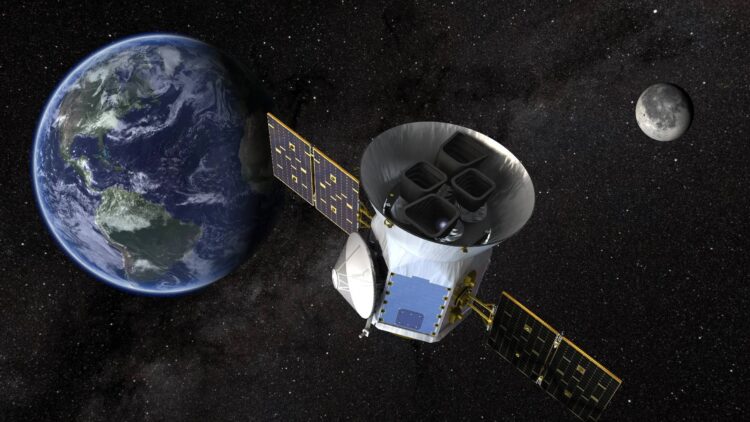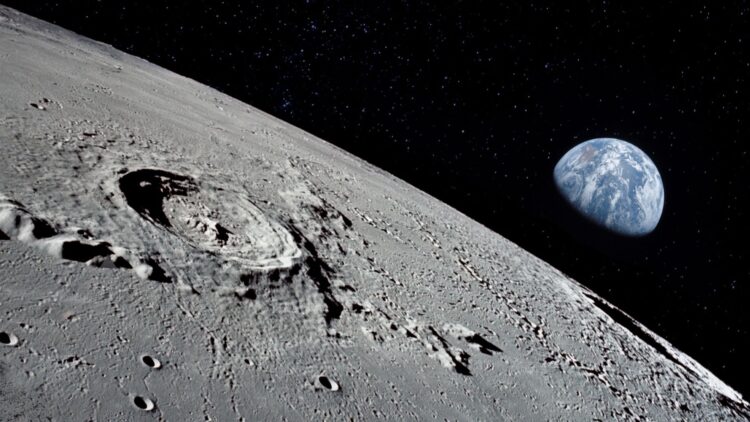Neither dinosaurs nor glaciers – the amazing lost world emerging from Antarctic depths – prehistoric life that remained buried
Neither Walmart nor Amazon – Costco and RH expand their advantages for high-level members with access to VIP services and experiences
Goodbye to the AirPods you knew – revolutionary new features coming to Apple’s AirPods leak out
NASA has made another discovery, this time it has to do with
black holes
and massive stars in the universe. Who hasn’t heard about black holes? They are known for their huge power of absorbing anything near them, but what happens with massive stars? Basically, the same, but this NASA research on space science helps better understand how black holes behave once they have absorbed these massive stars.
We always get new information about the universe and its elements thanks to NASA missions and research
, and this one was not to be an exception. This is a new possibility to explore how the universe works and its phenomena. So, let’s see what NASA has discovered this time.
What are black holes?
Black holes are found in space where gravity is so powerful that nothing can escape from it, we are talking about any element, object in space – and even light!
They have always been considered one the most mysterious things about space, they don’t emit any light and, as a consequence, they can’t be directly seen. So, how can scientists detect them? Black holes absorb any gas, dust or star near them and they shine because once they are inside the black holes, the material heats a lot. Thanks to this shine, scientists can see where there’s a black hole.
NASA’s discovery
Scientists found 3 strange events: supermassive black holes were destroying massive stars and the brightness was active for months. This moves to the center of galaxies (nucleus) and it was very powerful, that’s why it was called ‘extreme nuclear transients’. This energy explosion is considered one of the most powerful since the Big Bang and that’s saying something!
‘Extreme nuclear transients’, why did they use these words?
Sometimes, scientific terms can be very confusing and complex to get, but we are going to explain why each word was chosen for this event:
- Extreme: because the explosion of energy and light is so powerful that it released more energy than 100 supernovas together! Consider 1 supernova is already one of the most powerful explosions of the universe, so… think about 100 of them!
- Nuclear: because this event occurs in the center of a galaxy, where the black hole is found.
- Transients: it’s not permanent, it happens for a certain amount of time and then it disappears.
I think now you can have a clearer vision of what happened and why scientists gave it this name. At least I hope so…
Tools used to see the invisible black holes
As we mentioned before, black holes are invisible, but when they absorb a material, like a star, it starts to emit a bright light in the form of X ray, UV and others that telescopes can detect.
Scientists decided to name one of the strange events ‘Barbie’ because it was captured by a telescope in California in 2020. Thank God they didn’t name it mixing letters and numbers, this is more memorable than the ones they normally use.
The other two events were detected by ESA (European Space Agency) in 2016 and 2018. These phenomena were studied thanks to other NASA telescopes, the Swift and the WISE.
Why does this discovery matter?
This emission of huge amounts of energy whose power might affect the whole galaxy by changing its surroundings. So, NASA wants to keep researching these events. Let’s see how.
NASA is developing a new telescope, the Nancy Grace Roman Space Telescope, to detect these events in further and ancient galaxies. This will lead to the possible discovery of how stars, galaxies and black holes were made.
New telescopes, new discoveries. Stay tuned to what NASA has to say on their next discovery! We never know what they might find in outer space!




